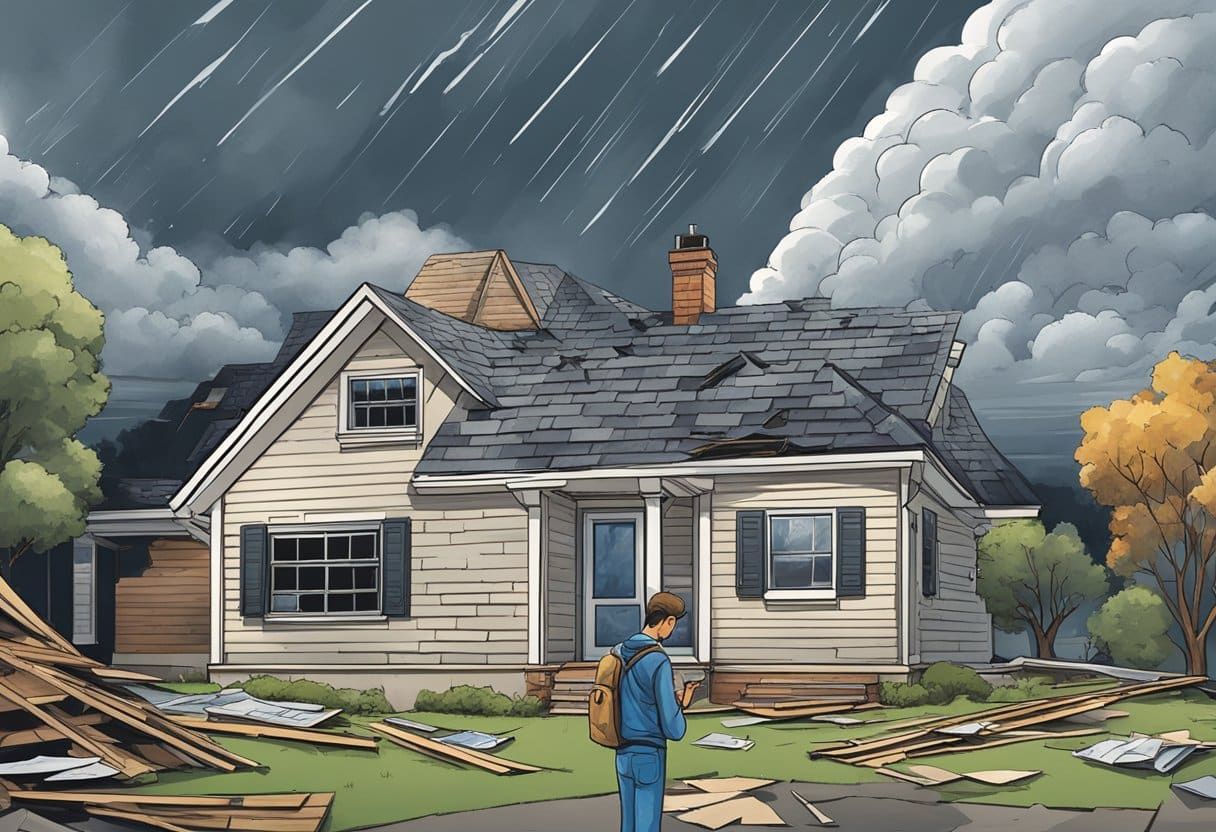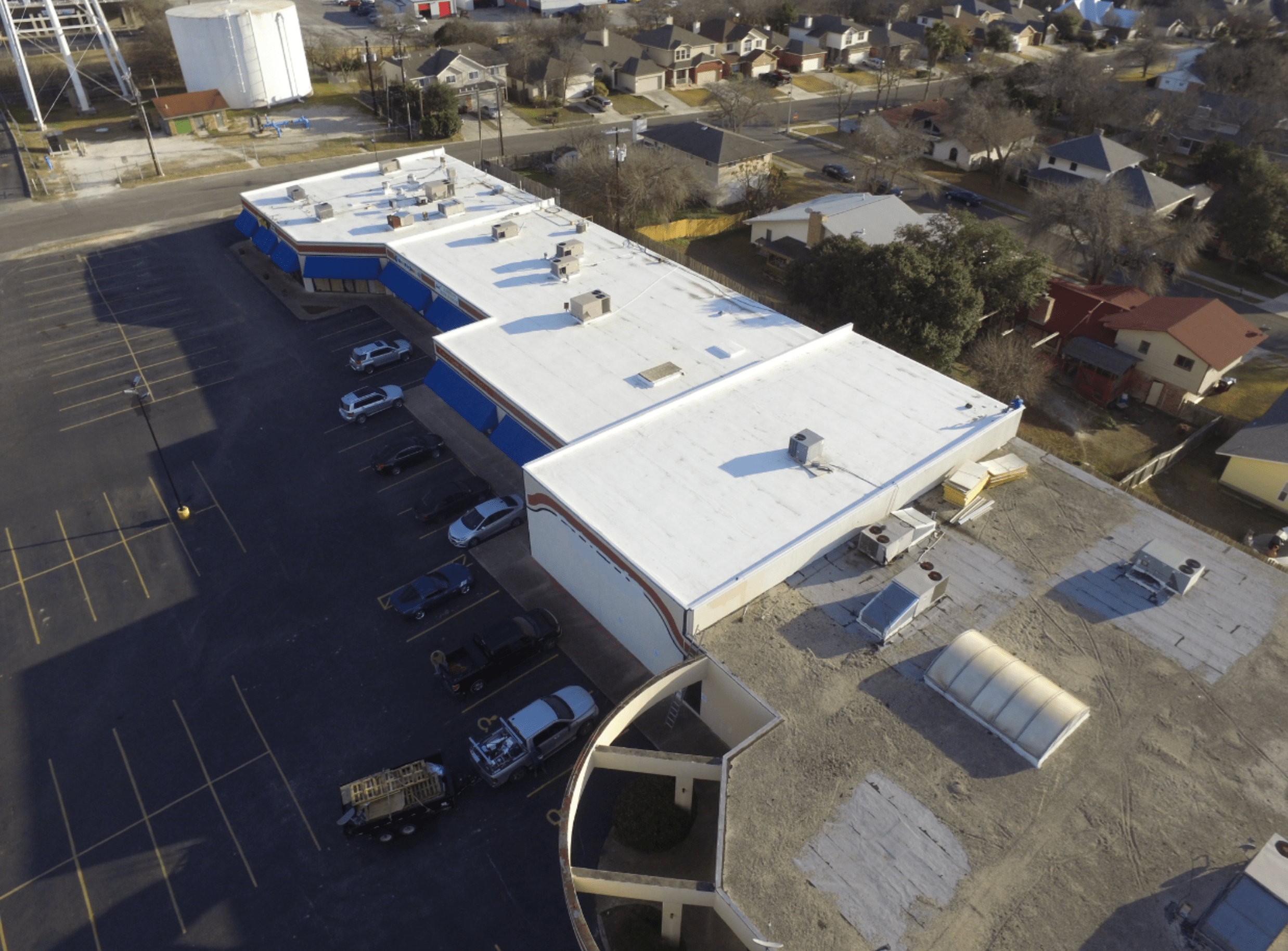When to File a Roof Claim: Key Indicators and Best Practices
Homeowners insurance is a crucial aspect of owning a home, yet many homeowners find the process of using it confusing. Understanding when and how to file a claim can feel overwhelming. You may worry about potential penalties, such as losing discounts or even jeopardizing your coverage if you file too many claims or if they are substantial.

Despite these concerns, using your insurance when facing roof damage is your right as a policyholder. It’s essential to grasp the conditions under which you can file a claim safely and to recognize the various elements that can influence the outcome of your claim.
Key Takeaways
- You are entitled to file a claim without fear of losing discounts.
- Several factors can impact the response to your roof damage claim.
- Understanding your policy can help you navigate the claims process effectively.
- We are contractors, not insurance specialists. Call your insurance for further info.
When to File a Roof Claim: Understanding Your Policy
The Role of Homeowners Insurance
Homeowners insurance serves a crucial function in protecting you against unexpected financial losses. By paying a premium either monthly or yearly, you ensure that you will be compensated for damages to your home. The goal is to restore your property to its previous condition. You cannot profit from this insurance; it is meant to cover your losses up to the value outlined in your policy.
With homeowners insurance, you may have the option of “replacement cost” coverage. This means that if your roof is damaged, the insurer will pay for the cost of a new roof at current market prices, rather than just reimbursing you for the depreciation of your old roof.
Understanding Covered Losses
It’s essential to know what types of damage are covered by your policy. Common risks include fire, water, or storm damage. Some of these incidents can be prevented, like water damage from a backup caused by negligence. Insurance companies generally want to limit their exposure to risks that can be controlled by homeowners.
If your behavior contributes to potential risks, insurers might hesitate to cover your home or could charge higher rates. For instance, if you live in an area frequently affected by certain natural disasters, expect higher premiums or limited coverage options.
On the other hand, damage from storms, such as hail or wind, is considered unavoidable. Filing claims for such instances typically won’t lead to increased rates or loss of coverage, unlike frequent claims for avoidable issues. Your policy should emphasize these distinctions, helping you make informed decisions about when to file a claim for roof damage.
Factors that Affect Your Roof Claim

How many claims is too many claims?
As a homeowner, it’s common to submit one or two claims over a decade. However, if you find yourself making claims every year or two, it could lead to raised insurance rates. In some cases, you might even risk losing your coverage. To maintain a favorable insurance standing, try not to submit claims for issues that aren’t covered by your policy or that you can handle out of pocket. We’ve seen this through the thousands of homeowners we’ve worked with.
What’s your deductible?
Before filing a claim for roof repairs, check whether the expense is covered under your policy. Consider the implications of adding another claim to your record. If your deductible is $2,000 and the repair costs $1,500, the claim will not be paid out and will still remain on your record. Even if the repair cost is $2,500, it may not be wise to file a claim since multiple claims can categorize you as a high-risk homeowner, increasing your insurance rates.
How badly was your roof damaged?
Evaluate the severity of the damage before deciding to make a claim. If the roof damage is minor, you might be able to repair it for less than your deductible cost. By not filing a claim in this case, you help maintain your low-risk status, which could positively impact your future insurance premiums.
How much is your roof worth?
Just like with cars, roofs depreciate over time. A roof that is 15 years old and rated for 20 years holds less value than when it was new. When assessing your insurance policy, it’s important to know whether you have Actual Cash Value (ACV) or Replacement Cost Value (RCV) coverage. Many homeowners choose ACV because of the lower premiums, but this type of coverage only pays for the roof’s current worth at the time of damage. If you have to replace your roof after a severe weather event, opting for RCV could save you significant out-of-pocket expenses.
How competent are you (or your advisors)?
Having knowledgeable support can make a big difference in the claims process. Collaborating with a contractor who understands how to work with insurance companies can alleviate much of the stress involved. They know what details are necessary for a claim’s approval and can advocate on your behalf when questions arise. This guidance can help ensure that you provide all needed documentation, such as photos of damage and any temporary repairs you performed after incidents like storms or hail damage.
What Happens If You Lose Your Discount or More?

Consider the potential impact of losing a discount or even your insurance coverage. Sometimes, these situations may not be as negative as they seem. For example, if your insurance provides $20,000 for a new roof and you forfeit a $200 annual discount, think about the math.
You would need to save that discount for 101 years to equal the value of the roof replacement. In this case, giving up the discount is not a significant concern.
With the discount removed, your rates may increase by $200 each year. However, considering the substantial payout for the roof, you still benefit in the long run.
If your insurer chooses to drop you after filing a roof claim, rest assured that other licensed insurers are available. These companies might view your new roof as a positive. A recent replacement indicates less likelihood of future claims, which can help keep your rates manageable.
Key Considerations

Filing a roof claim may involve significant costs, so it’s vital to be prepared. Engaging a reliable roofing contractor ensures you receive accurate estimates for repairs or replacement. Understand the difference between actual cash value and replacement cost coverage, as these will impact your reimbursement. Always account for depreciation in your roof’s value when assessing repair estimates. By doing this, you’ll navigate the claims process with greater confidence and clarity, making informed decisions that suit your needs.
Frequently Asked Questions
Will filing a roof claim increase my homeowners insurance costs?
Filing a roof claim may lead to a rise in your homeowners insurance premiums, but this is not guaranteed. Factors like your claims history, the severity of the damage, and the specific type of claim you submit can influence whether your costs will increase.
What steps do I need to take for insurance to pay for a roof replacement?
To have your roof replacement covered by insurance, start by reviewing your homeowners policy. Note your coverage limits and any deductibles. Then, document all damage and contact a qualified roofing contractor to assess the situation. After gathering this information, you can file your claim with your insurance company.
How old can my roof be for insurance to cover damage claims?
Insurance companies often have specific age limits for roof coverage. Many policies may not cover roofs older than 20 years, but this can vary by provider. It’s important to check your policy’s conditions to understand what is applicable.
What is the deadline for submitting a roof damage claim to insurance companies like State Farm?
Insurance companies, including State Farm, typically require that you file your roof damage claim within a reasonable time frame after the damage occurs. This can vary, but many suggest filing within 30 days to avoid any issues with your claim.
How can I improve my chances of getting my roof damage claim approved?
To boost the likelihood of approval, ensure that you thoroughly document all damage with photos and detailed notes. Keep records of all communications with your insurance provider. Having a roofing contractor inspect and provide a report may also support your claim.
What level of hail damage usually justifies an insurance claim for a roof?
Generally, if you notice visible damage such as dents, cracks, or missing shingles after a hailstorm, it often warrants an insurance claim. It’s best to consult a roofing professional to assess the extent of the damage and provide guidance on whether to file a claim.
DISCLAIMER: Please understand, we are roofing specialists, not insurance specialists or adjusters. We are sharing our experience and expertise as roofing specialists who are familiar with the process as a contractor.






